There are vacations that are about shopping and savoring a nice glass of Chardonnay.
And then there are trips that are all about adventure, activity, and jaw-dropping scenery.
Actually, you don’t have to choose: You can have both when you head to Colorado.
If you love being surrounded by rugged mountains, hearing birdsong, and doing outdoor activities, like hiking and white-water rafting – but don’t want to totally rough it – this is your place. Here, learn more about how to have the best time in Colorado.
Introduction to Colorado’s Mountains
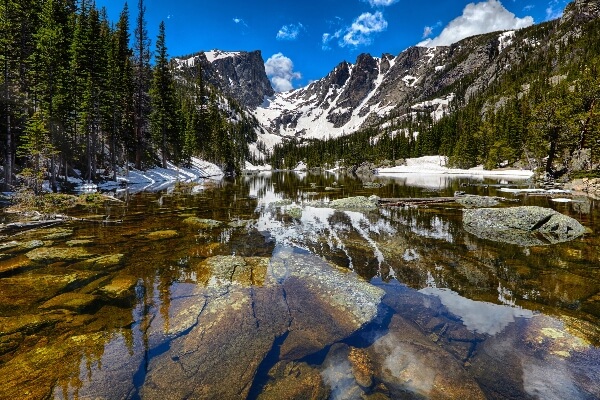
First, understand the lay of the land. Yes, Colorado has loads of mountains–so many, in truth, that everyday roads become memorable scenic drives, thanks to those iconic peaks seen in the distance.
The state is home to 58 mountains that are 14,000 feet or higher. These are called fourteeners, and, yes, you can do it! If you’re in good shape and want to tackle some hard-core mountains, as a group of NextTribers did in summer 2023, you will be in seventh heaven.
NextTribe is sponsoring at all-woman adventure trip to Colorado in August 2024. Hiking, whitewater rafting, horseback riding, and more. Details here.
Want to take things down a notch? You’ll be welcomed by Colorado’s 637 peaks that soar between 13,000 and 13,999 feet and so many more that aren’t quite as lofty.
Do these elevations sound intimidating? Remember that much of Colorado is well above sea level. Denver, for instance, is called the Mile High City because it is indeed 5,280 feet above sea level. Boulder is at 5,430. So there’s a good chance you have a head start acclimating to the altitude by the time you get into the hills.
To put it simply, Colorado is an amazing destination for soaking up grand landscapes and exploring them.
Colorado’s Best Mountain Ranges
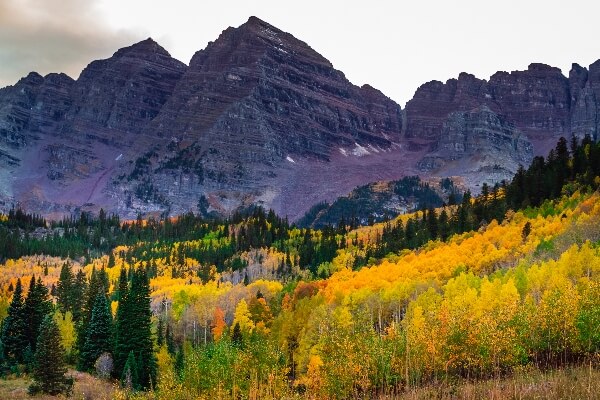
The famed Continental Divide is a geologic crest that runs through Colorado’s towering Rocky Mountains. It cuts right across the state, playing an important ecological role in delineating the Atlantic and Pacific ocean watersheds.
But let’s talk about the mountains that visitors are most likely to venture into. Among the most famous mountain ranges in Colorado are as follows, along with where to soak in the most beautiful views in the area:
- Sawatch Range, home to Mount Elbert. Favorite photo spot: Collegiate Peaks Overlook (Buena Vista)
- San Juan Range, home to Uncompahgre Peak. Favorite photo spot: Bear Creek Trail (Telluride)
- Elk Range, home to Castle Peak. Favorite photo spot: Maroon Bells (Aspen)
- Mosquito/Tenmile Range, home to Mount Lincoln. Favorite photo spot: Boreas Pass Road (Breckenridge) or Mayflower Gulch Trail (Frisco)
- Front Range, home to Grays Peak and Longs Peak. Favorite photo spot: Fountain Valley Loop Trail (Littleton).
How to Get to the Mountains of Colorado
When you’re searching for flights to Colorado, you may find all roads–or flight paths–lead to Denver. This is indeed a major hub; a big airport with plenty of flights and rental car options. Let it be known, however, that traffic can be challenging as you try to get going on your vacation.
Mountain towns are so delightful because they usually are surrounded by the state’s glorious landscape and have main streets that seem right out of , old Western movies.
Depending on where you are heading, it may be a better move to try for a flight to a smaller airport. While you may have fewer options to choose among, it can make for a more relaxed start to your trip and easier access. For instance, if you are heading to Salida, Colorado Springs is almost 50 miles closer than Denver, and it offers a magnificent scenic drive instead of heavy highway driving.
Gunnison and Aspen are also great options for mountain vacations. The moral of this story is to use that function on your flight search site that says to include nearby airports, rather than just defaulting to Denver.
A Note About Altitude
All this talk about mountains may have you wondering, will I be impacted by the high altitude? Some people may feel less than wonderful as they adjust to the high altitudes (Leadville’s elevation, for instance, is over 10,000 feet). Allow yourself a day or two to adjust, when possible, instead of creating a packed schedule from the moment your flight touches down. Many people adjust really well when their routes gradually ascend to higher elevations (say, day one at 4,000 feet, day two at 6,500 feet, and so on).
Also, it’s vital to stay hydrated, which means, oh, about twice as much water as you may usually sip. The low humidity in Colorado can be dehydrating, which can contribute to feeling crummy temporarily due to the altitude. Pack your fave water bottle, or treat yourself to a new one when you land. Cheers!
National Parks in Colorado
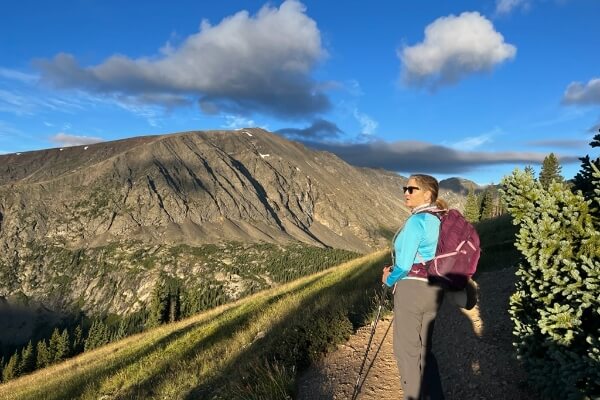
Colorado is home to some stunning natural parks, worth visiting whether you’re the type to challenge yourself rock-climbing or simply take an easy stroll through amazing, otherworldly landscapes.
The Great Sand Dunes National Park, which NextTribe will visit at sunset in August, is a hidden gem that is simply stunning.
Here, some favorites to build your trip around. Pack your hiking boots and a hat, and get set to see some of the most gorgeous landscapes in America:
- Rocky Mountain National Park: You probably remember the John Denver song “Rocky Mountain High” and this park shows you what that’s all about. It’s absolutely stunning, highlighting these craggy mountains between Estes Park and Grand Lake. Located in northern Colorado and spanning the Continental Divide, it’s home to splendid natural beauty: aspens trees, the unforgettably gorgeous trail around Bear Lake, forests, meadows, alpine tundra, sheer rock walls, and more.
- Mesa Verde National Park: Nestled in the southwestern reaches of the state, this park provides a fantastic way to glimpse ancient Native American culture. Mesa Verde is known for its well-preserved Puebloan cliff dwellings, including the expansive Cliff Palace. Archaeological sites abound, and you can glimpse rock carvings along the Petroglyph Point Trail. Check out Sun Point Overlook for incredible canyon vistas.
- Black Canyon of the Gunnison National Park in western Colorado is an incredible sight. Imagine a classically deep, steep gorge, cut through rock dating to the Precambrian era by the Gunnison River. In addition to stunning views of this, don’t miss the Painted Wall cliff, a towering 2,250 feet tall, with incredible striations running through it. As you explore, you may see elk and golden eagles.
- Great Sand Dunes National Park. Perhaps not the best-known or most popular, but it’s such a stunner. Says Marcy Mitchell, who leads the NextTribe trips to Colorado, “The first time I visited the dunes, I couldn’t believe how big they were. I love walking barefoot on the sand and looking at the beautiful patterns the elements create in the sand, waves and spirals and cornices etc. Running down the dunes, feeling my feet sinking into the fine sand is a sensation that is so unique to this place. It’s sublime.” This park is located in the remote reaches of the San Luis Valley, the subject of many legends, paranormal tales.
Mountain Towns to Visit in Colorado
There’s no denying the charm of the small towns tucked into the mountains of Colorado. Surrounded by the state’s glorious landscape, these villages typically have main streets (often ones that remind you of old Western movies) lined with local businesses. Want to buy some cushy socks for hiking, handmade earrings, or a sparkling geode? You’ll find all that and more in these villages. And whether you want a breakfast that will keep you fueled all day or a craft beer and yummy dinner after an afternoon exploring, these Colorado mountain towns most definitely deliver. Here are a few of NextTribe’s favorites.
Salida
A terrific spot for first-timers or seasoned Colorado visitors is Salida; this is the town NextTribe uses as home base for its Colorado adventure trips. Located in the heart of the Rockies in central Colorado, Salida is perfectly sited amid The Sawatch Range, the Arkansas River, and Monarch Mountain for a classic Colorado experience.
Many consider the San Luis Valley a spiritual space as well.
In addition to being surrounded by every outdoor activity you can imagine, the town is lined with charming Victorian houses, and has the shelter of old shade trees, flower gardens, and glimpses of the historic past everywhere. You can browse the boutiques, rent a bike and cruise through the different neighborhoods, or simply sit by the river and watch it flow—you’re on vacation; enjoy it!.
Incidentally, Salida is just north of the San Luis Valley, which can be a fascinating and very mystical place to explore. It’s considered a paranormal center, full of legends about UFOs and ghosts, and many consider it a spiritual space as well. The town of Crestone has a couple of dozen retreat centers, including the Crestone Mountain Zen Center. There are also loads of dunes and hot springs, like the Mount Princeton Hot Springs, to revel in.
Aspen

Aspen has a reputation for being a posh, dazzling mountain town, and for good reason. It may be as close as you can get to a chic European alpine town in the US. There’s no shortage of fab hotels (St. Regis, Auberge Resorts, etc.) and towering mountains; for those who love to ski, it’s a dream destination.
If you’re not in love with the slopes or you want to visit in warm weather, there’s plenty going on to sweep you away. Get your art fix at the Anderson Ranch Arts Center and Aspen Art Museum; listen to A-list live music at Belly Up Aspen; poke around stores selling makeup, cowboy boots, and everything in between. Plus you will eat very, very well, whether you go way high-end at Matsuhisa Aspen or casual at the White House Tavern.
Breckenridge
At the base of the Rocky Mountains’ Tenmile Range, this ski town offers plenty of distractions year-round. For starters, Breckenridge holds a place in Gold Rush history, which you can learn about at the Breckenridge National Historic District, which runs along Main Street. In addition to its past as a mining hotspot, you’ll find loads of colorfully painted Victorian-era buildings. Pop into the boutiques (Marigolds Farmhouse Funk & Junk, with its mix of antiques, clothing, and housewares is always popular), galleries, and eateries,
Leadville
To the west of Denver lies Leadville, a former silver boom town which has plenty to keep those interested in mining history interested. But even if you couldn’t care less about matters metallic, there’s a lot to love about Leadville. Check out the Tabor Opera House and the Healy House Museum and Dexter Cabin for a taste of the past. Check out Aspen Traders and Elevation Goods for clothes and accessories, have an espresso at City on a Hill, and sit down to a pizza at High Mountain Pies or Mexican from Casa Blanca Restaurant.
Durango
This southwestern Colorado town is beloved, in no small part, because of the historic steam and diesel trains chugging through, linking the town with Silverton as they’ve done for almost 150 years. Talk about stepping back in time! This river valley town also has about a dozen galleries to tour, botanical gardens, and boutiques. Plus there are several terrific wine bars (Primi, Four Leaves Winery) along Main Avenue to regroup after a busy day, not to mention great restaurants.
Best Hiking Spots in Colorado

This is more like a case of, “Where isn’t there great hiking in Colorado?!” This state is chockablock with amazing trails, for both tough and well-trained types and “let’s take a leisurely stroll” folk.
Whether you want to be amid the aspens, trekking up a hill, or circling a lake so clear that you can see the fish swimming in it, Colorado has a multitude of options. Here are a few moderate hiking spots not to be missed, according to AllTrails.com:
- Emerald Lake Trail, Rocky Mountain National Park
- Saint Mary’s Glacier, Arapaho National Park
- Lost Lake via Hessie Trail, Roosevelt National Forest
- Lake Haiyaha, Rocky Mountain National Park
- Chavez and Beaver Brook Loop, Genesee Park
- Gem Lake Trail, Rocky Mountain National Park
- Mount Galbraith Loop via Cedar Gulch Trail, Mount Galbraith Park
- Dream Lake Trail, Rocky Mountain National Park
About hiking in Colorado, NextTribe founder and CEO Jeannie Ralston says, “You never get tired of the views, the burbling mountain streams, the fresh air. Every minute in the mountains is restorative and invigorating.”
White Water Rafting Spots
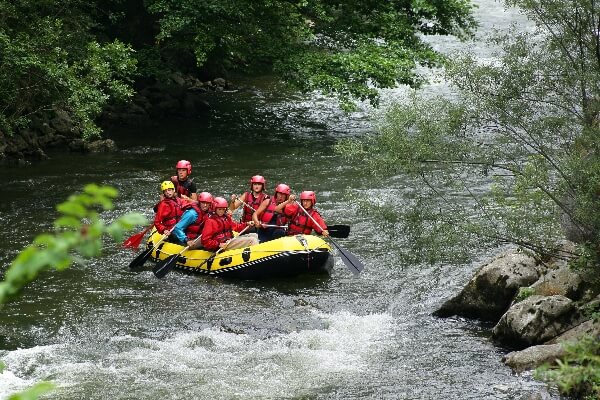
One of the best things to do in Colorado is take to the rivers weaving across the state and enjoy the natural splendor around you. If you’re a badass and have some experience in this department, go find some challenging rapids. If you’re a beginner or just like a more laid-back experience, find a lazy float and see what wildlife you can spy as you glide along. Or just gaze at the clouds and marvel at how blue the sky is. (Note, though, that water levels will vary with the season; usually early summer is best.)
On NextTribe trips to Colorado, groups paddle along 10 miles of the Arkansas River, through seven Class III rapids (considered beginner/intermediate) at Browns Canyon National Monument.
On NextTribe trips to Colorado, groups paddle along 10 miles of the Arkansas River, through seven Class III rapids (considered beginner/intermediate) at Browns Canyon National Monument. It’s a great way to spend a few hours, the adrenaline rush is major, and the sense of accomplishment after? Priceless.
Some other great whitewater rafting spots:
Royal Gorge, an hour from Colorado Springs, for more advanced paddlers, or Bighorn Sheep Canyon. These can be reached from Canon City.
Idaho Springs, half an hour outside Denver, is a favorite for a quick jaunt from the metropolis.
Little Gore Canyon, 12 miles southwest of Kremmling, Colorado.
Blue River, near Breckenridge.
Animas River, near Durango.
Horseback Riding
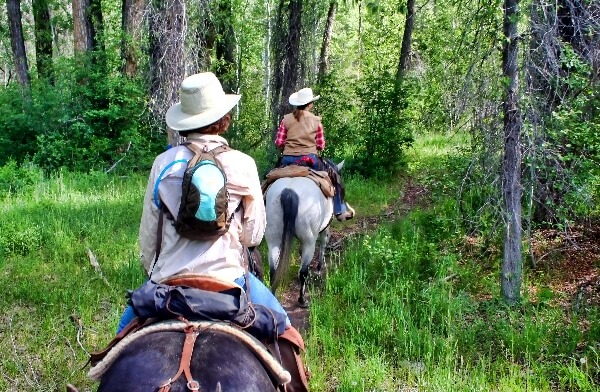
Whoa, Nellie! Look at you, riding a horse in Colorado!
Watching the sun melt into the horizon and immerse the Colorado landscape in a wash of golden color is mesmerizing and memorable.
It’s easy to make that happen. And whether you’re walking lazily or briskly trotting, there’s nothing quite like seeing the gorgeous panoramas of Colorado from horseback. It gives you the opportunity to indulge in a little Wild West experience and see the terrain from the perspective of pioneer people. You can get off the beaten path and venture through the aspens and pines, past rushing rivers or red rocks, and around high mountain lakes. Our tip: If you have the option to snag a sunset ride, do it! Watching the sun melt into the horizon and immerse the Colorado landscape in a wash of golden color is mesmerizing and memorable.
Here are a few of the top horseback riding options in Colorado:
- Estes Park, at the eastern edge of Rocky Mountain National Forest, has just about any landscape you could want to venture through with your noble steed, from meadows blooming with wildflowers to water crossings with stunning mountain views.
- Brown’s Creek Falls in San Isabel National Forest near Salida, provides the perfect place to clip-clop to lush waterfalls and ascend towards Tabeguache Peak.
- Devoted horseback types might want to experience a multi-day trek outside of Durango at Weminuche Wilderness, where you can explore mountainous terrain by the Continental Divide.
- How about checking out the red rock formations of Garden of the Gods Park in Colorado City? The richly colored sandstone and lush greenery makes this an enchanting ride.
- Maroon Bells, which are actually two peaks, are said to be one of the most-photographed spots in all of Colorado. So tuck your phone safely in a pocket, get into the saddle, and prepare for a super-scenic ride. You’ll find this spectacular area west of Aspen, east of Grand Junction.
Best Biking Spots in Colorado

Next up: Best places to bike in Colorado. You are going to be overwhelmed with options here; there’s a web of biking trails covering thousands of miles in Colorado. And whether you want to challenge yourself with tough climbs, go mountain biking through a relatively flat forest, or just pedal a cruiser along a smooth, scenic stretch with the wind in your hair – you’ve got it!
Leadville always gets a big “Yes!” for its 12-mile Mineral Belt Trail, a paved road that has you rolling along past the Sawatch Mountains and old mines.
A few highlights to consider:
- Leadville always gets a big “Yes!” for its 12-mile Mineral Belt Trail, a paved road that has you rolling along past the Sawatch Mountains and old mines.
- Not far from Colorado Springs, you’ll find the New Santa Fe Regional Trail, a crushed stone and gravel path that runs along the base of the Rocky Mountains and has views of Pikes Peak. Cool fact: As you go past the US Air Force Academy, you might catch a glimpse of cadets practicing their pilot skills or parachuting.
- History-lovers swear by the 19-mile South Platte River Trail loop, which goes past Colorado’s only Pony Express Station, plus classic prairie. The fall foliage here is absolutely ablaze.
- Mountain-bikers of beginner to intermediate levels love Buffalo Creek (or Buff Creek, as it’s often called), which is about an hour southwest of Denver. The network of trails can give you a taste of slickrock, some fun sandy turns, and simple climbs that segue into delightful downhills.
- Ready for a real, brag-worthy challenge? You can bikepack about 500 miles of the Colorado Trail and be rewarded with monumental views and thigh-burning elevation changes.
So if you’re ready for an active vacation amid awesome scenery and welcoming Western towns, you will find the perfect, “how soon can we come back again?” destination in Colorado. The mountains are waiting….

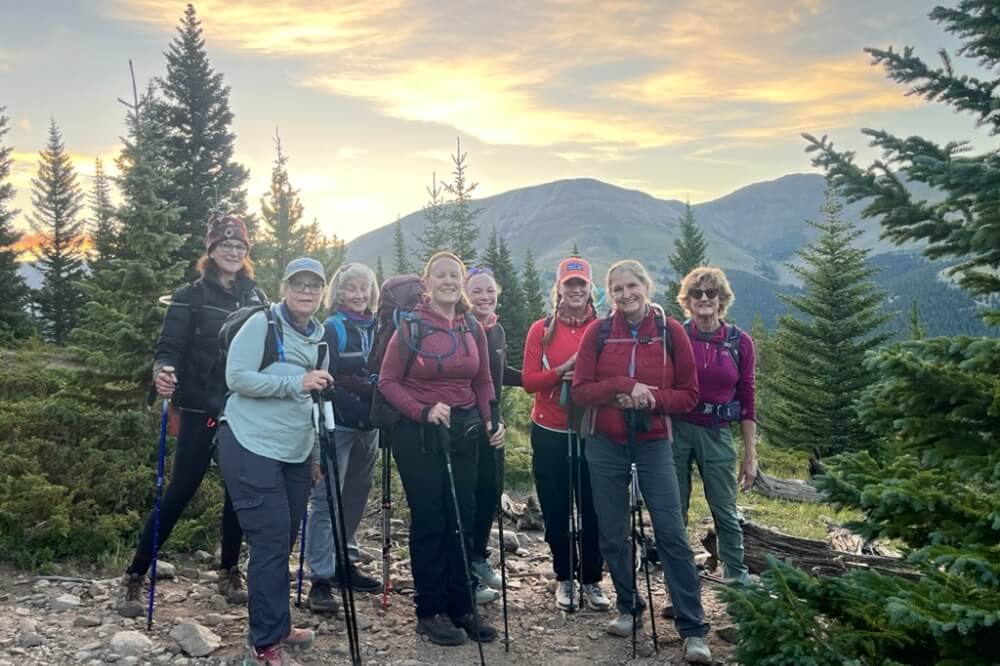
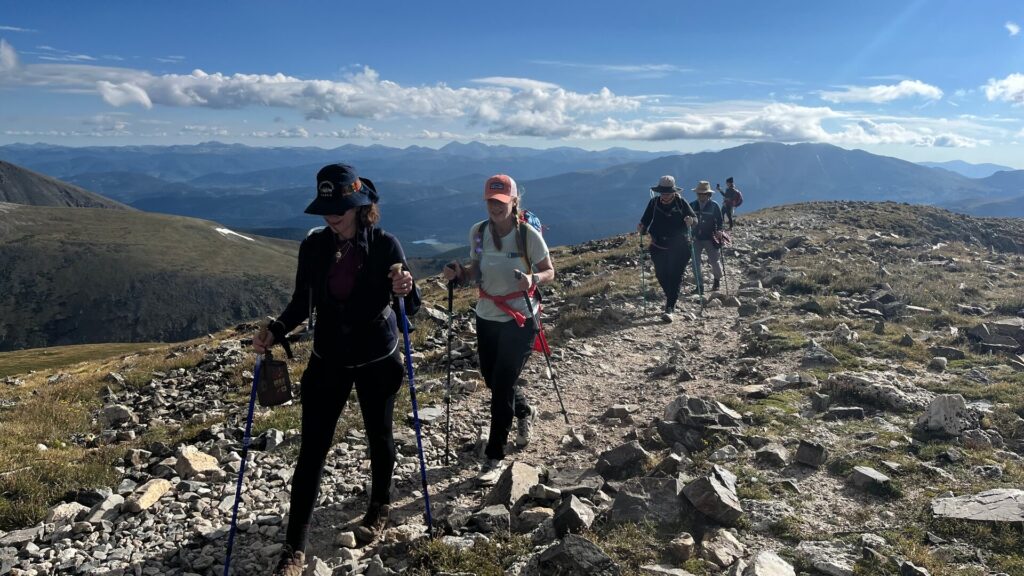





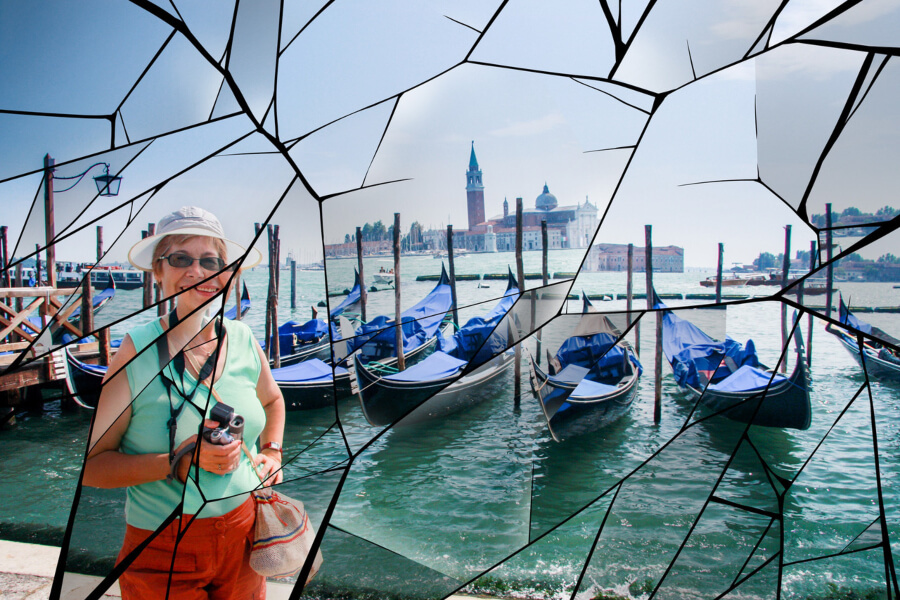

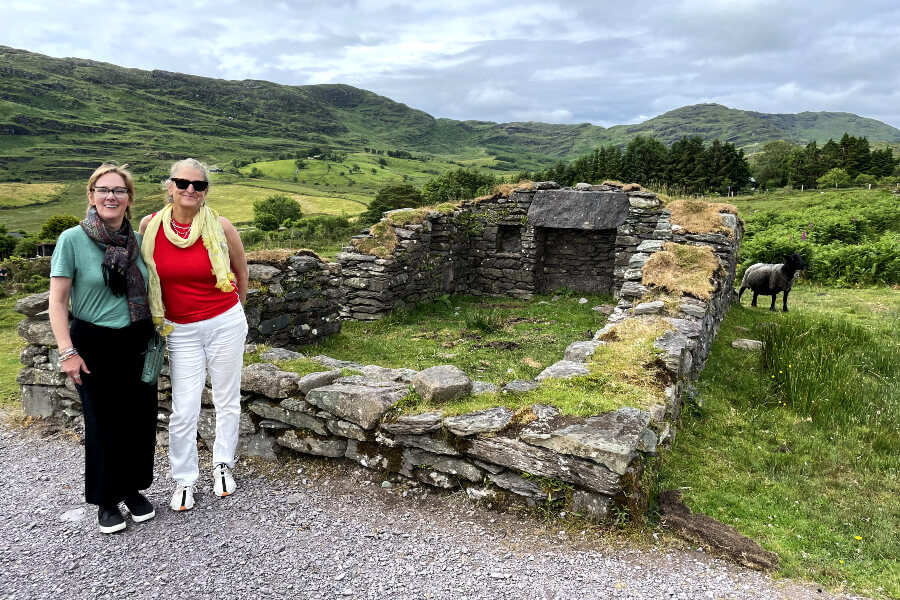
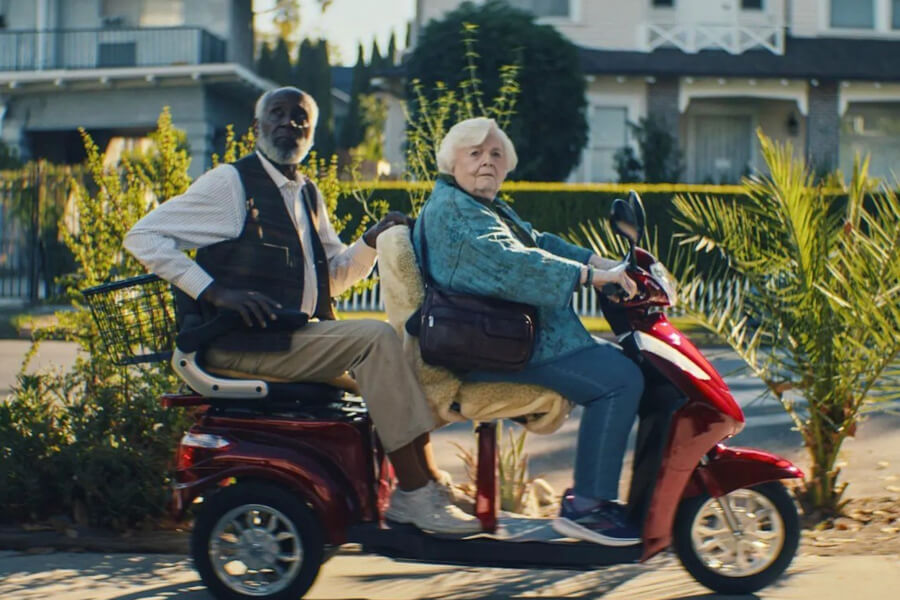
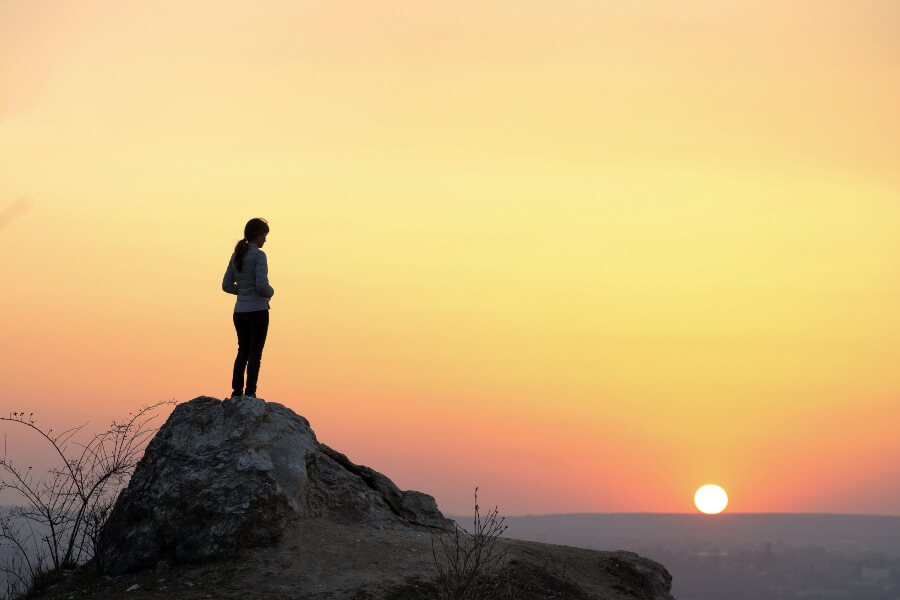
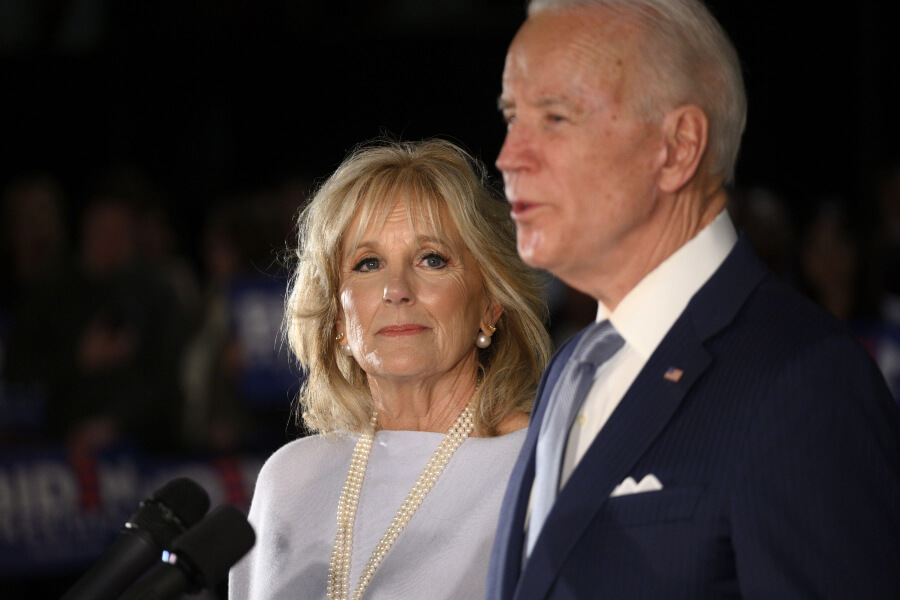







0 Comments